How to inflate a stand up paddleboard (isup)
Inflate a Stand Up Paddleboard (iSUP)
164
STEPS
TOOLS

Your inventory: (1) inflatable SUP; (2) pump; (3) hose & washer; (4) pressure gauge.
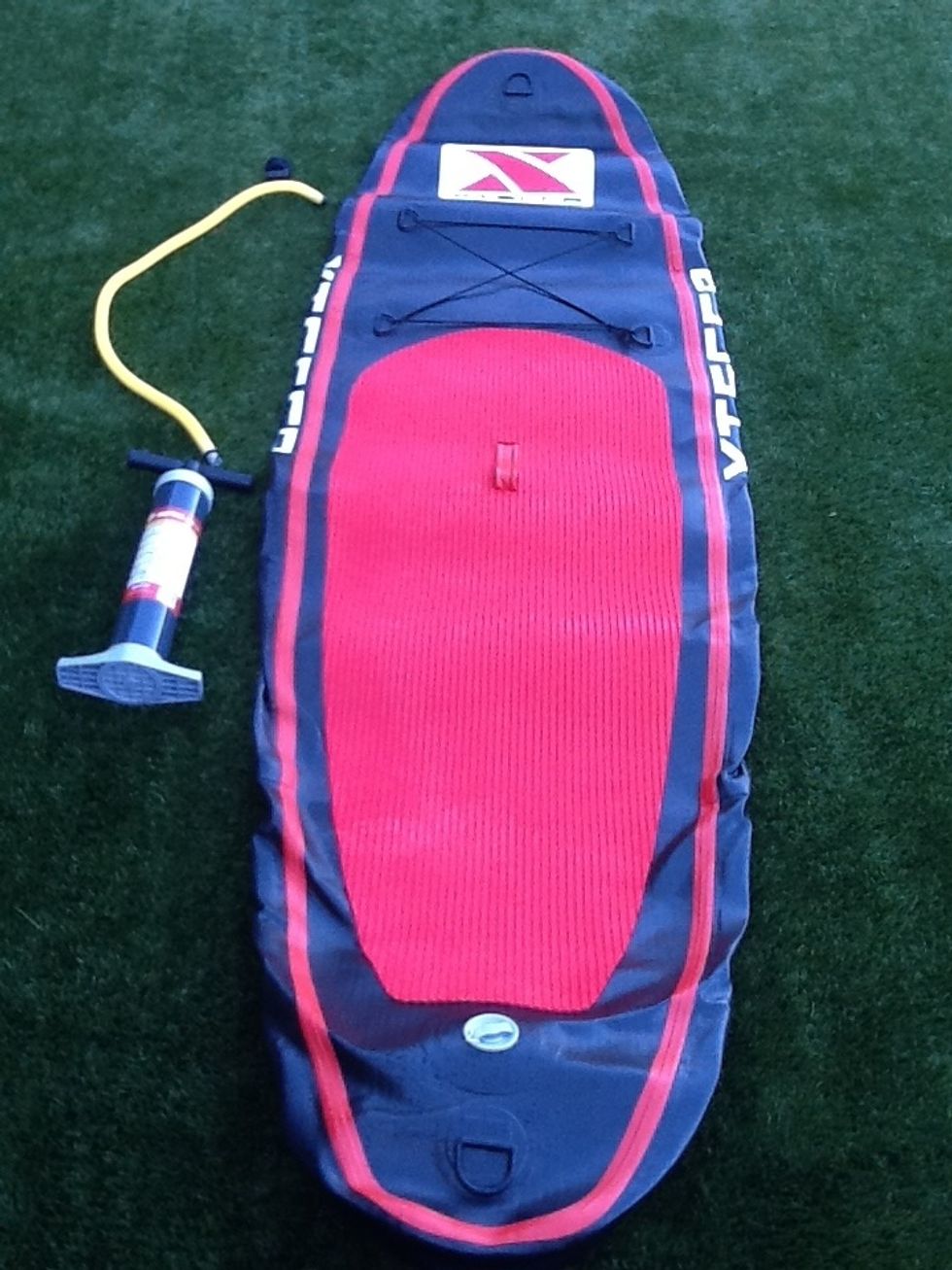
Unroll board so it is completely flat, with the top side up. This will make it easier and faster to inflate.
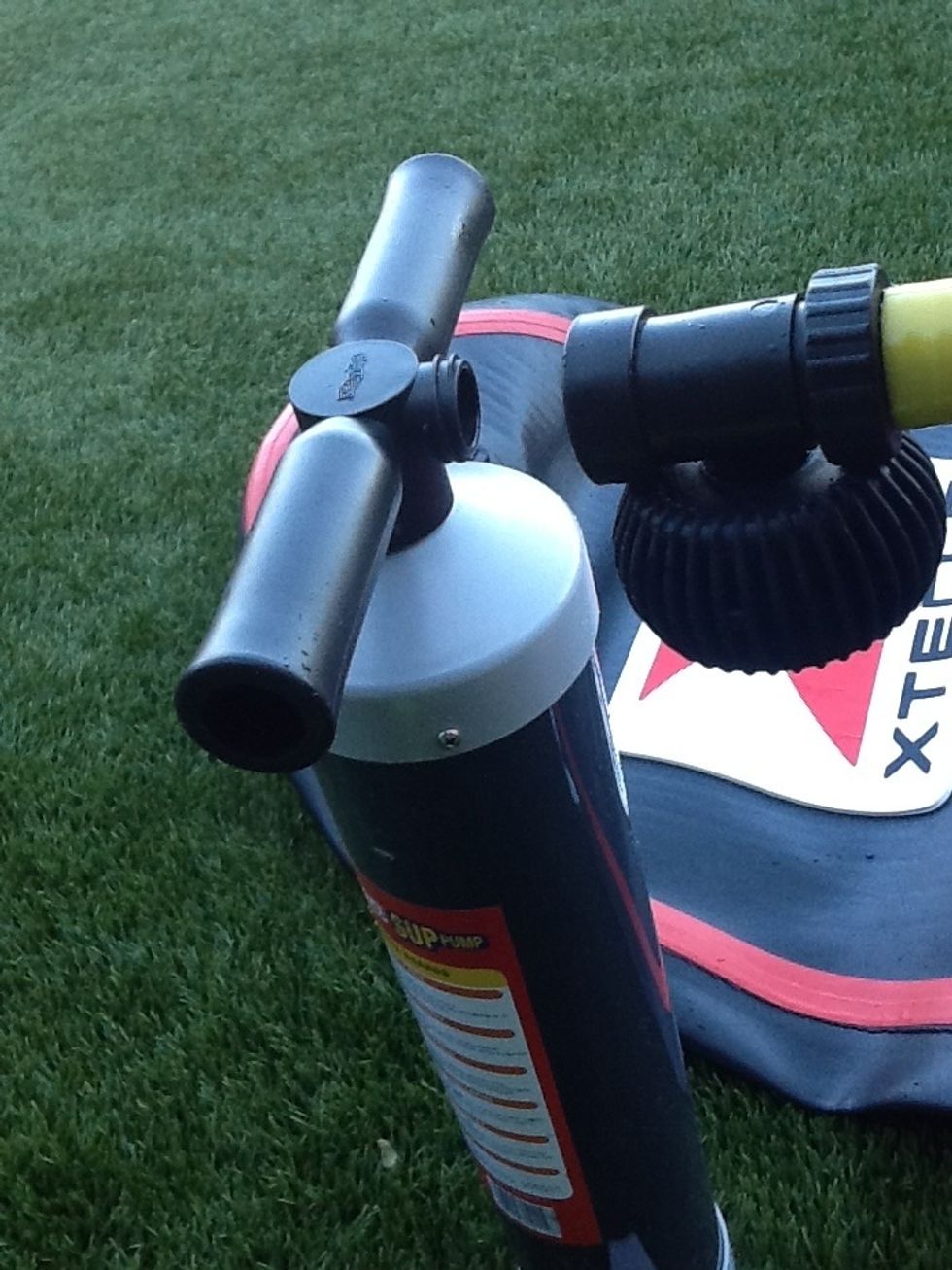
Attach the pressure gauge to the hose, then the other end of the gauge to the pump. Depending on your pump (I'm using a Bravo pump) start the attaching turning clockwise with the gauge facing down.
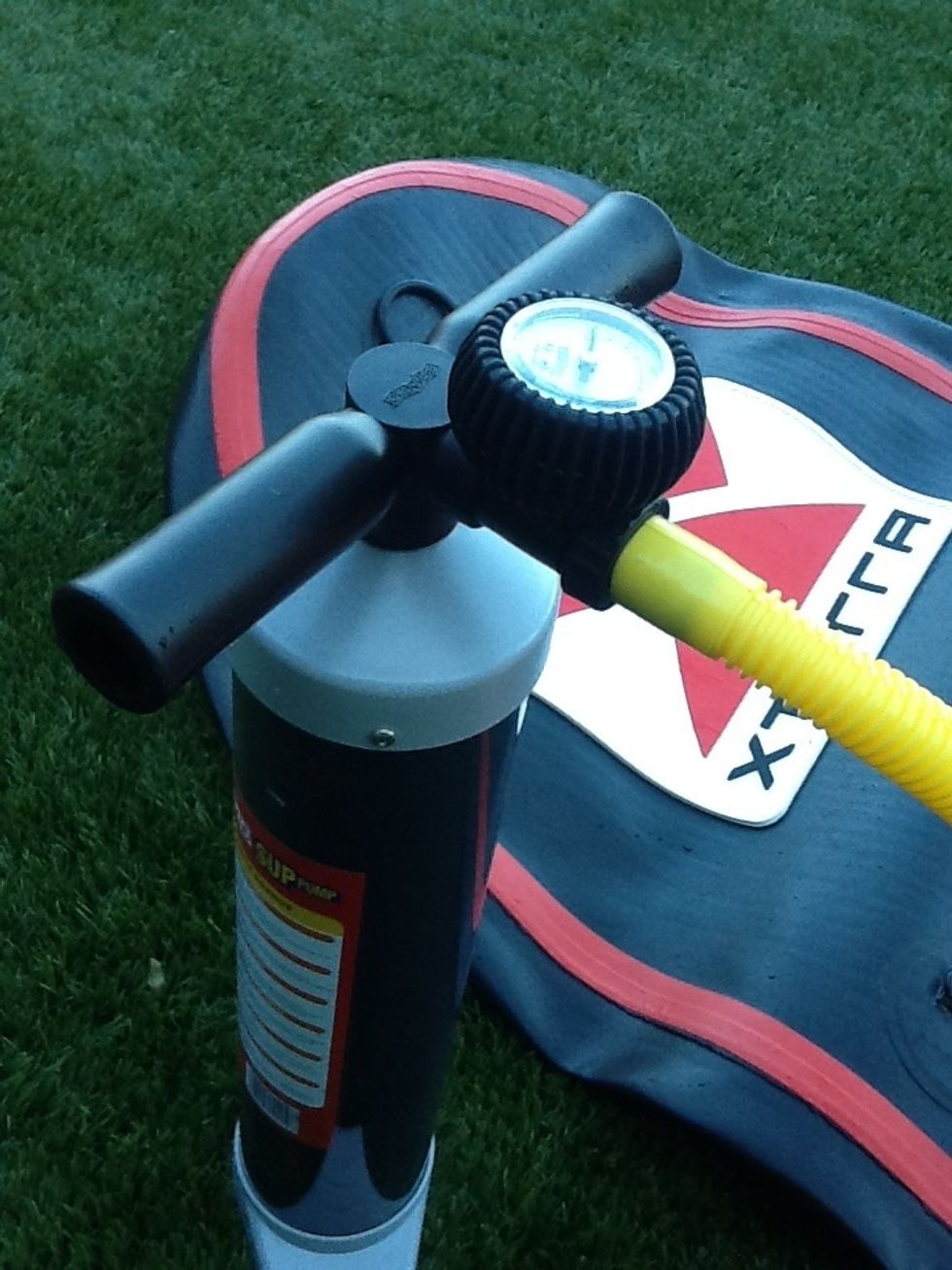
Ensure that the hose and gauge are attached snugly to the pump (so no air escapes).
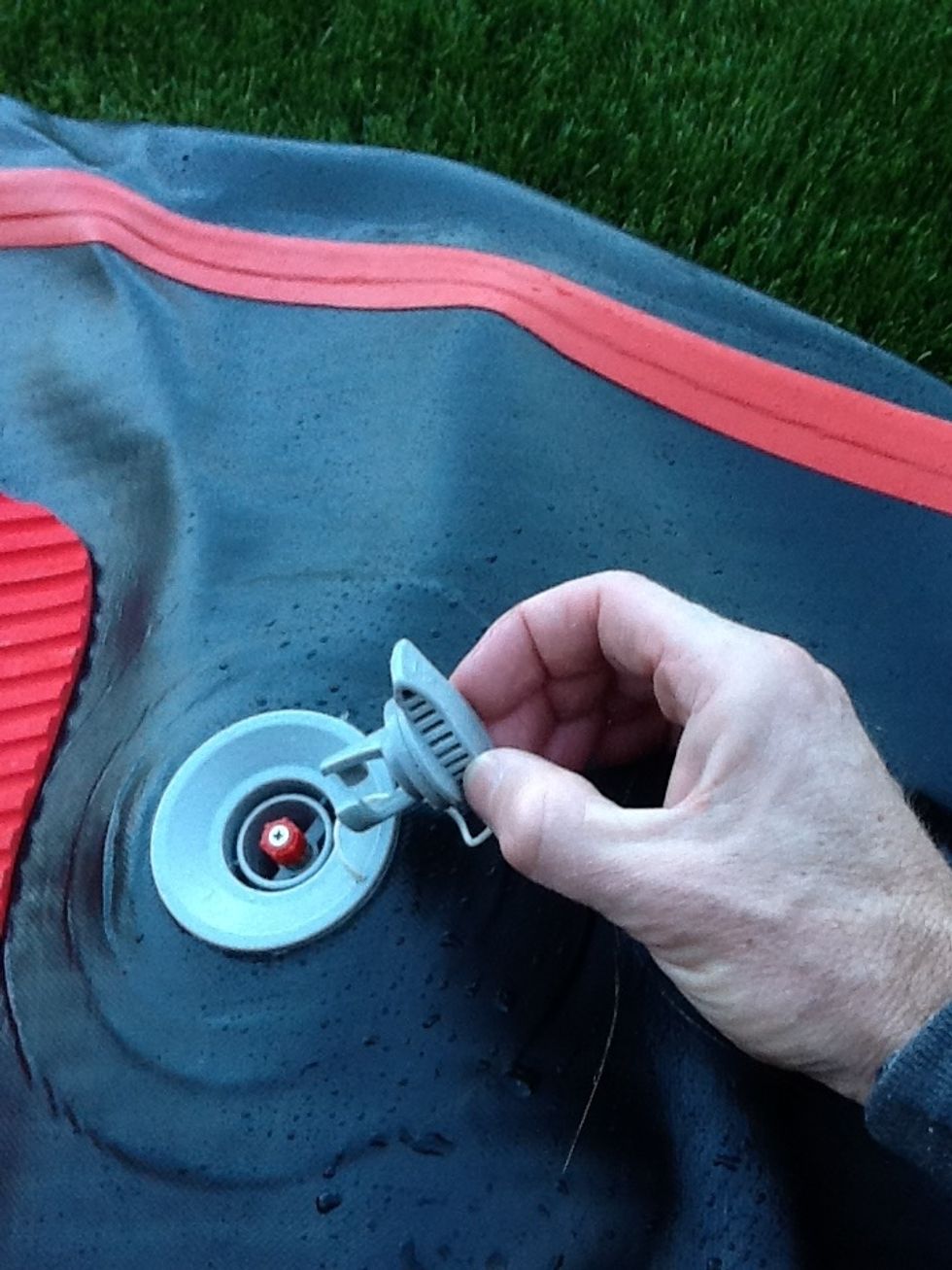
Remove the protective cap from the valve. Remove dirt, sand and water in and around the valve.
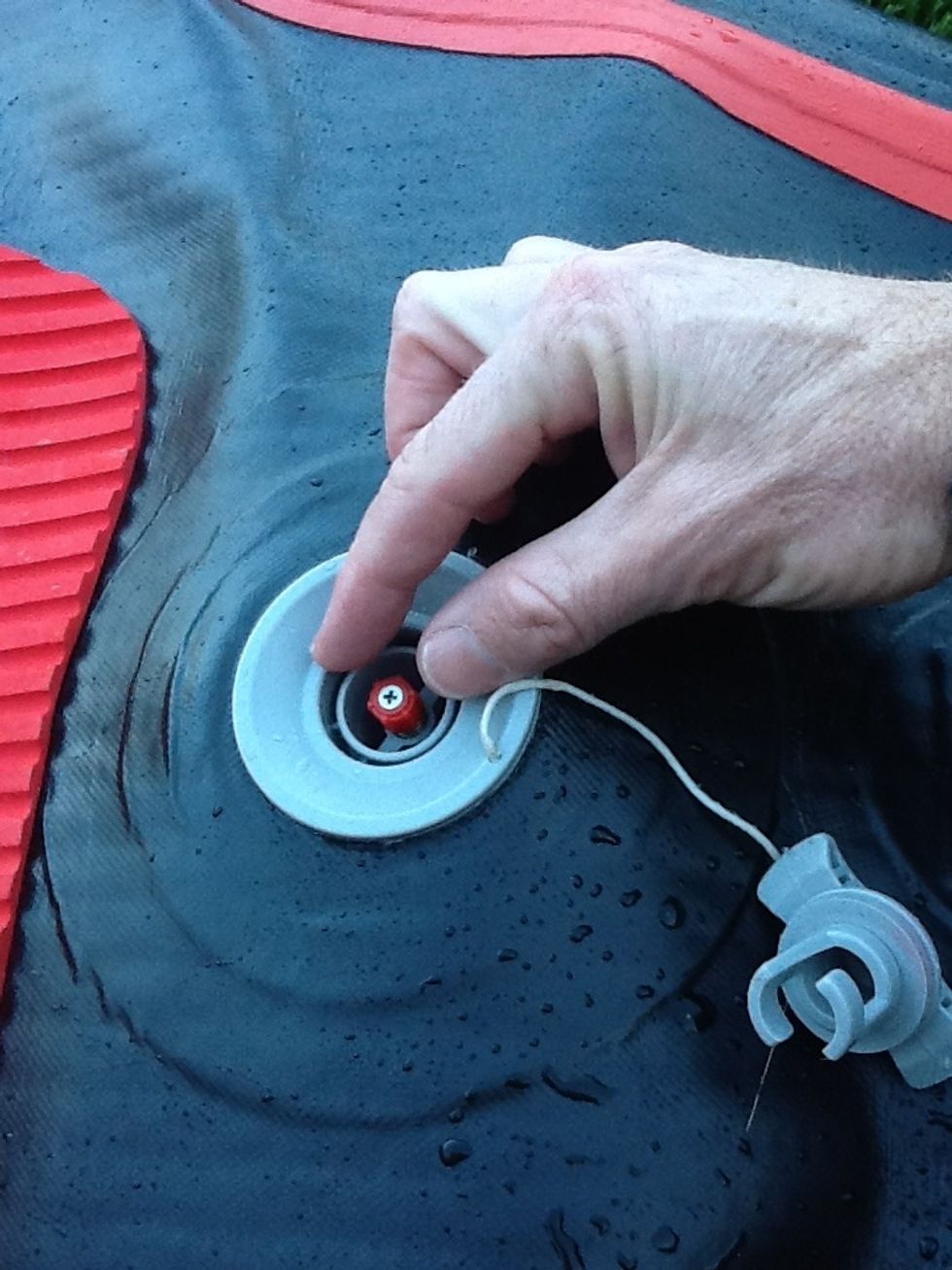
Make sure the nipple is in the up position so no air escapes while pumping. Do this by turning it counter clockwise so that it pops up.

Attach the hose to the valve by pushing down and clockwise. You need a tight seal, so if you can't get one add a thin rubber washer. And if it won't go in, consider using a thinner washer or fewer.
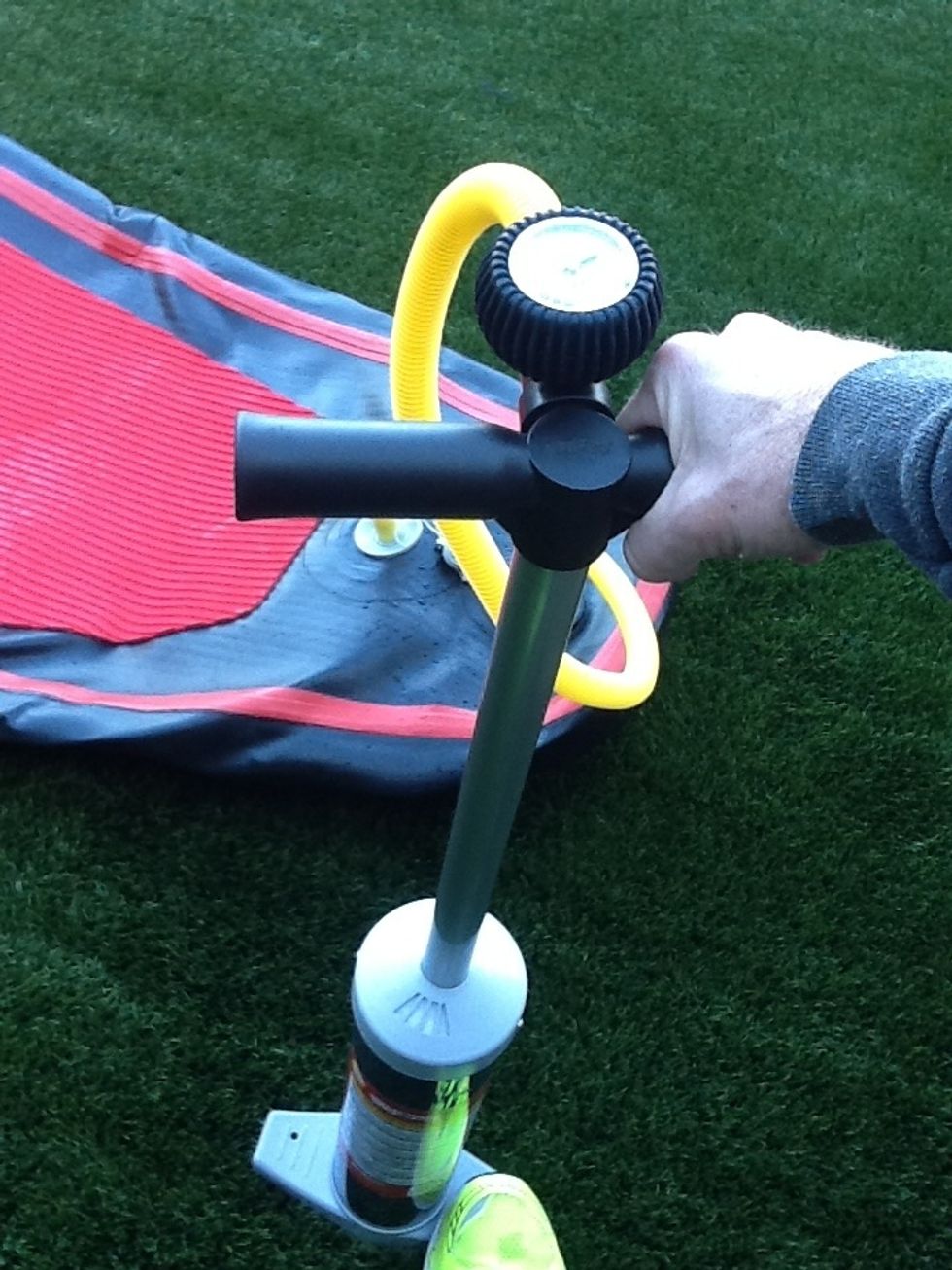
Begin pumping. Make sure your hose is not tangled.
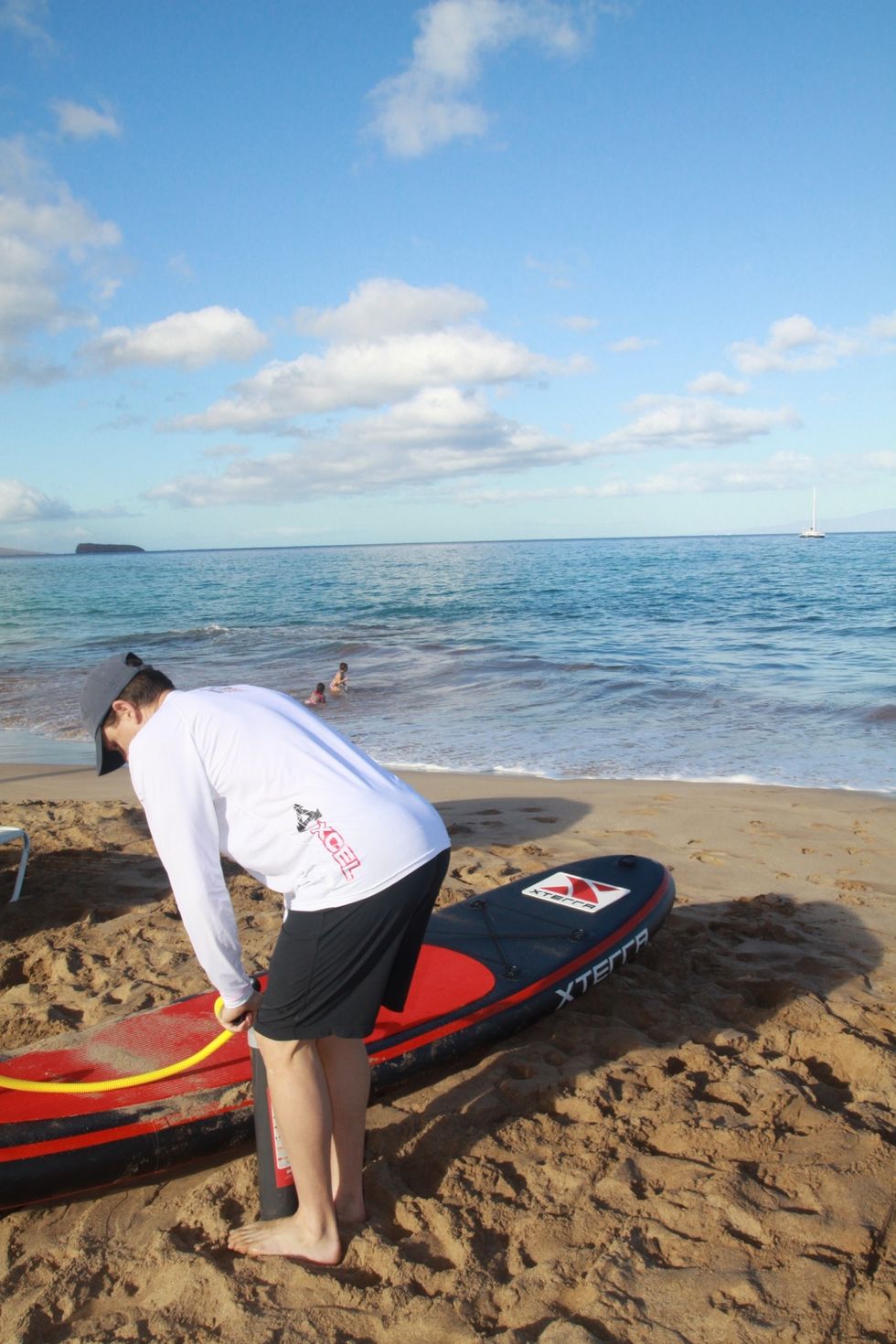
Pump with one or both feet on either side of the base of the pump, and both hands on the handle. If you have a cheap pump your hands need to be close to the hose so you don't snap the handles.
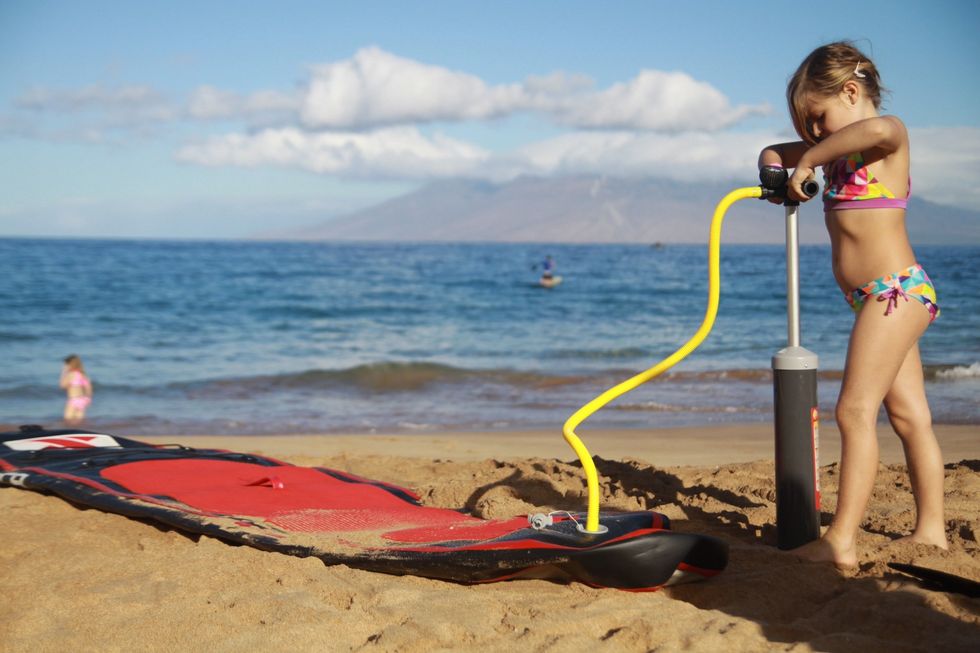
Pull the pump handle all the way up to ensure that when you push down you will get the maximum amount of air into the board.

After about 100 to 125 pumps you should be at 10 psi. Check the manufacturers recommended pressure (higher is better) to see when to stop. Less expensive boards can only be inflated to 10 psi.
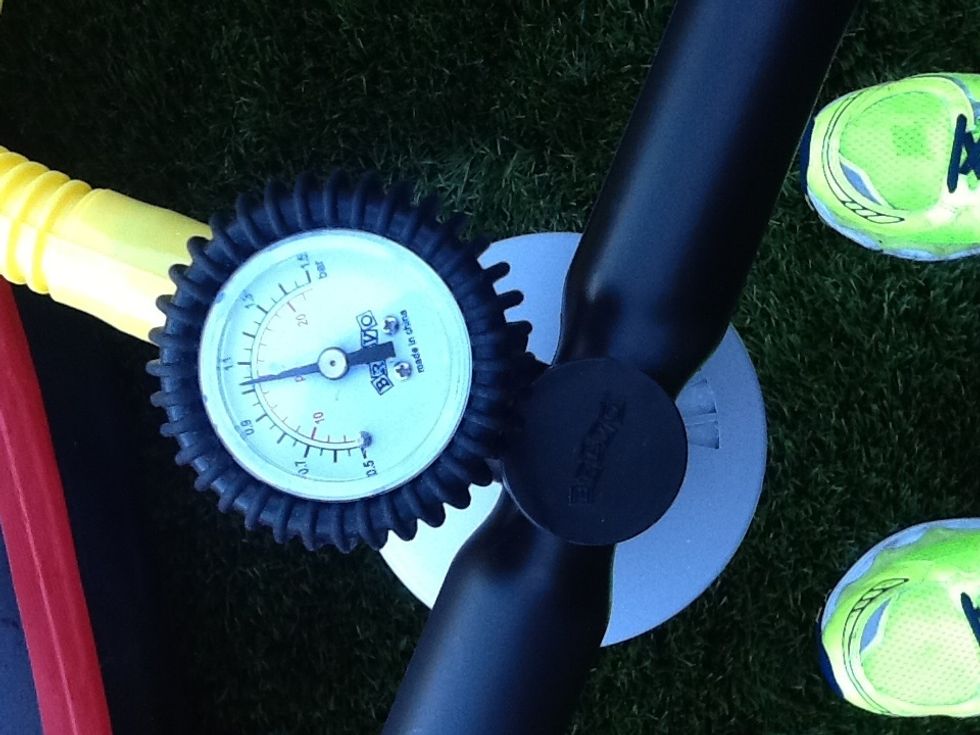
After about 165 to 175 pumps you should be at 15 psi. This, of course, is also dependent on your strength and the quality of the pump. Pumping from 10 psi up to 15 psi should be tougher.
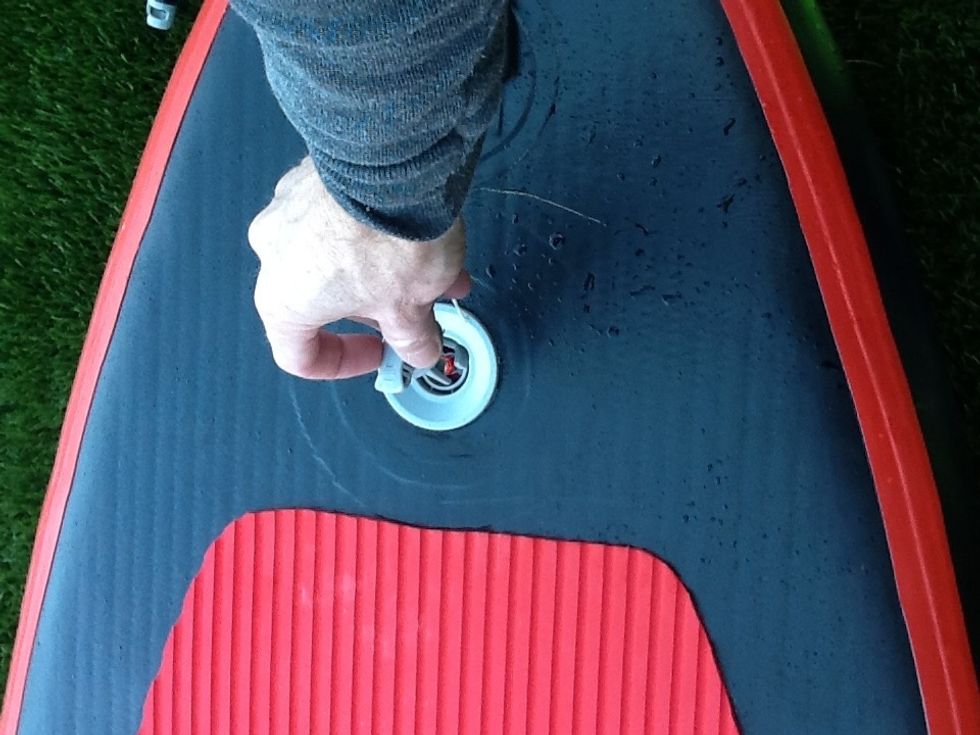
Remove the hose quickly by turning it counter clockwise. Very little air should escape if you have left the valve in the up position. Attach the protective cap by turning counter clockwise.
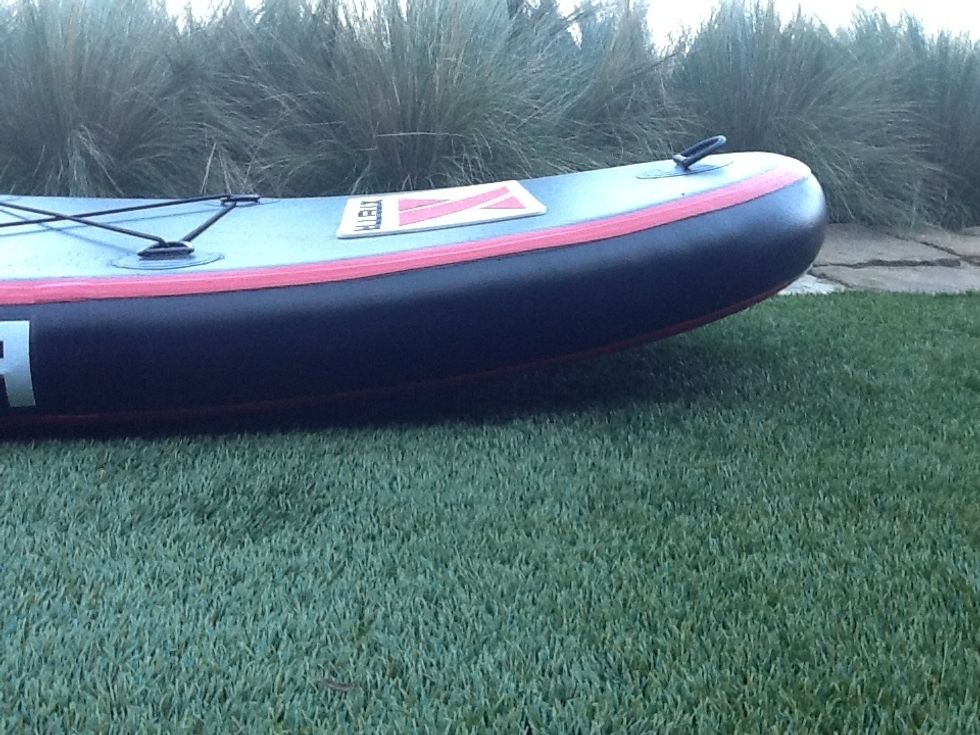
Check the rocker on the bow of the board. It should be a few inches off the ground. If it is still flat then you need to put in more air. If its too much then you need to let out some air.
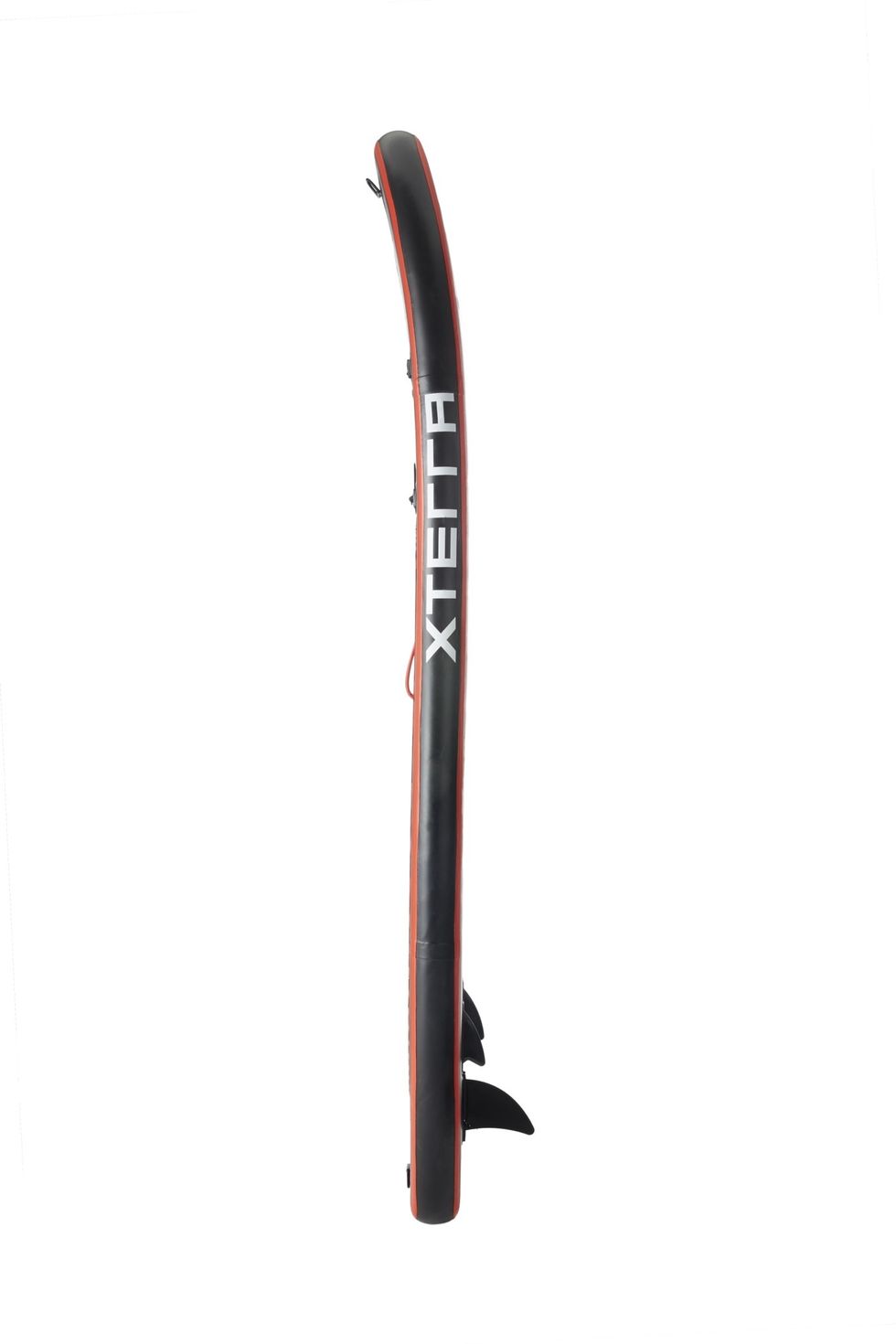
Here is a sample side view of the nose rocker. You can see that it is turning up but the tail is not.
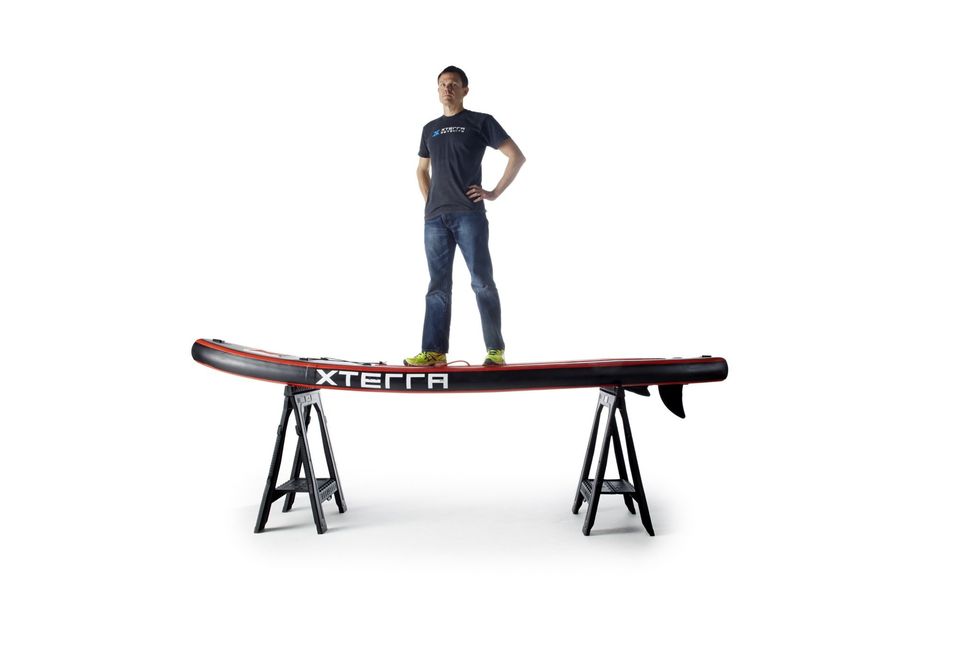
Here is a sample side view of the nose rocker. You can see that it is turning up but the tail is not.
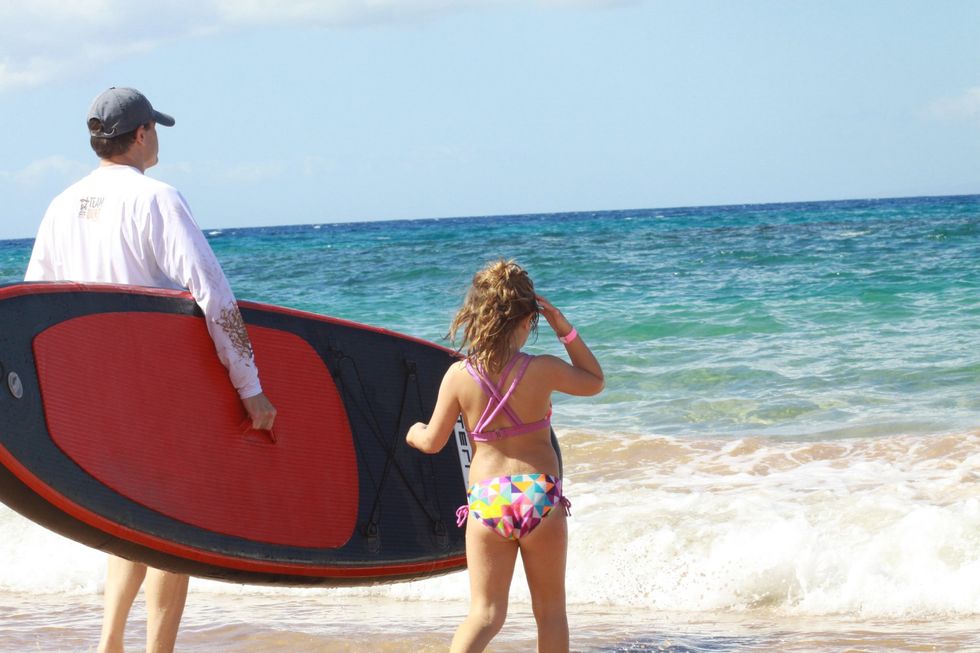
Now, go stand up paddleboard.
- Inflatable stand up paddleboard (i SUP)
- High quality pump
- Air hose
- Washer
- Pressure Gauge
Glynn Turquand
Husband, father, athlete, and owner of multiple endurance sports companies including Xterra Wetsuits, Xterra Boards, and XTERRA SKATE.
La Jolla, CA
The Conversation (0)
Sign Up